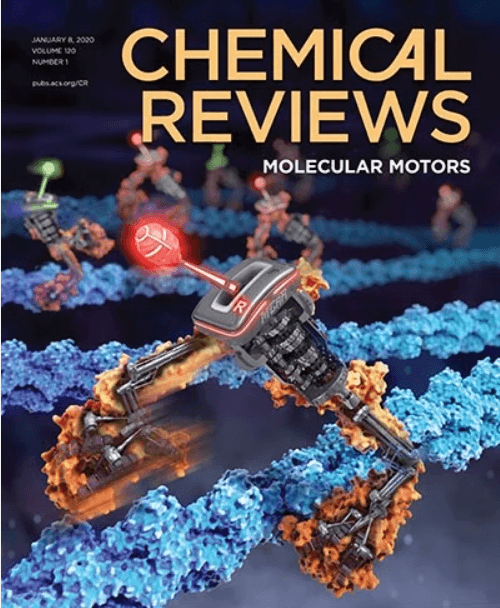Chemistry of Materials Underpinning Photoelectrochemical Solar Fuel Production
IF 51.4
1区 化学
Q1 CHEMISTRY, MULTIDISCIPLINARY
引用次数: 0
Abstract
Since its inception, photoelectrochemistry has sought to power the generation of fuels, particularly hydrogen, using energy from sunlight. Efficient and durable photoelectrodes, however, remain elusive. Here we review the current state of the art, focusing our discussion on advances in photoelectrodes made in the past decade. We open by briefly discussing fundamental photoelectrochemical concepts and implications for photoelectrode function. We next review a broad range of semiconductor photoelectrodes broken down by material class (oxides, nitrides, chalcogenides, and mature photovoltaic semiconductors), identifying intrinsic properties and discussing their influence on performance. We then identify innovative in situ and operando techniques to directly probe the photoelectrode|electrolyte interface, enabling direct assessment of structure–property relationships for catalytic surfaces in active reaction environments. We close by considering more complex photoelectrochemical fuel-forming reactions (carbon dioxide and nitrogen reduction, as well as alternative oxidation reactions), where product selectivity imposes additional criteria on electrochemical driving force and photoelectrode architecture. By contextualizing recent literature within a fundamental framework, we seek to provide direction for continued progress toward achieving efficient and stable fuel-forming photoelectrodes.

支持光电化学太阳能燃料生产的材料化学
自成立以来,光电化学一直在寻求利用太阳能为燃料的产生提供动力,特别是氢。然而,高效和耐用的光电极仍然难以捉摸。在这里,我们回顾了当前的艺术状态,重点讨论了过去十年在光电极方面取得的进展。我们首先简要讨论基本的光电化学概念和光电极功能的含义。接下来,我们将根据材料类别(氧化物、氮化物、硫族化合物和成熟的光伏半导体)对半导体光电极进行广泛的回顾,确定其固有特性并讨论其对性能的影响。然后,我们确定了创新的原位和操作技术来直接探测光电极|电解质界面,从而能够直接评估活性反应环境中催化表面的结构-性质关系。最后,我们考虑了更复杂的光电化学燃料形成反应(二氧化碳和氮还原,以及替代氧化反应),其中产物选择性对电化学驱动力和光电极结构施加了额外的标准。通过在基本框架内对最近的文献进行背景分析,我们试图为实现高效稳定的燃料形成光电极的持续进展提供方向。
本文章由计算机程序翻译,如有差异,请以英文原文为准。
求助全文
约1分钟内获得全文
求助全文
来源期刊

Chemical Reviews
化学-化学综合
CiteScore
106.00
自引率
1.10%
发文量
278
审稿时长
4.3 months
期刊介绍:
Chemical Reviews is a highly regarded and highest-ranked journal covering the general topic of chemistry. Its mission is to provide comprehensive, authoritative, critical, and readable reviews of important recent research in organic, inorganic, physical, analytical, theoretical, and biological chemistry.
Since 1985, Chemical Reviews has also published periodic thematic issues that focus on a single theme or direction of emerging research.
 求助内容:
求助内容: 应助结果提醒方式:
应助结果提醒方式:


